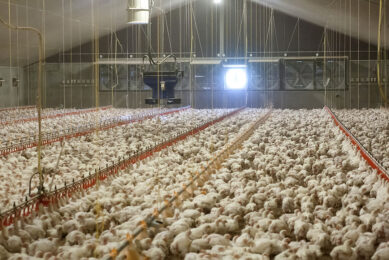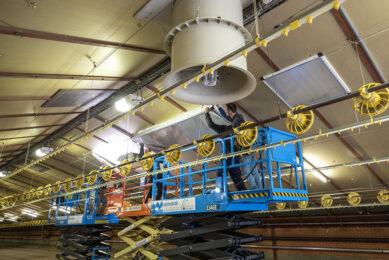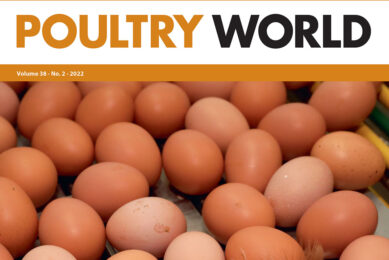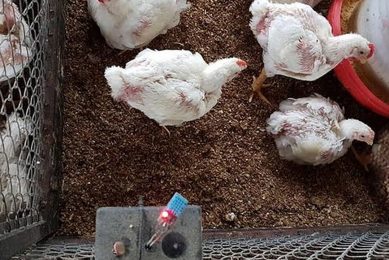As the world heats up, poultry farmers face an uncertain future
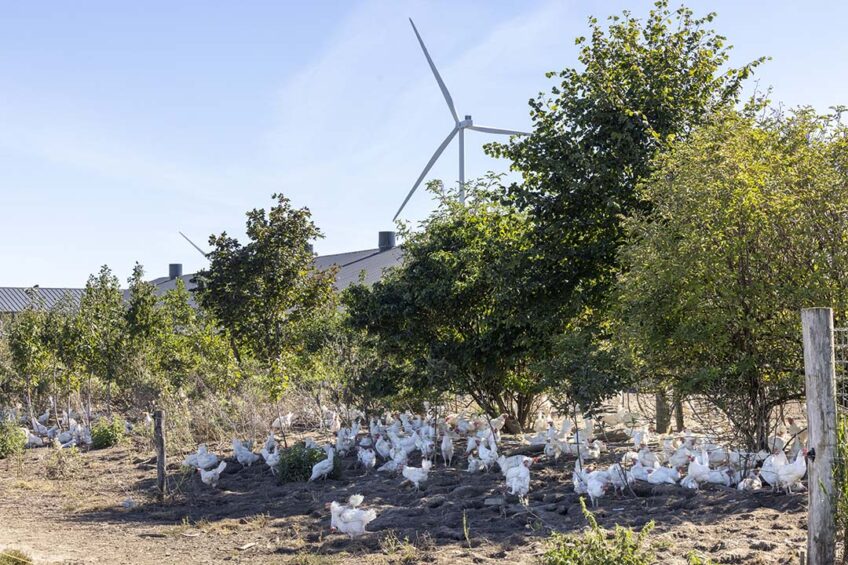
Calculations made with the Climate Risk Tool of Fairr, the US farm animal investment risk and returns initiative, showed that climate risks could make global poultry farming loss-making as soon as in 2030. Climate change-related costs will result in a US$23.7 billion decrease in profits for the 40 largest livestock companies by 2030, pushing half of these companies into net operating losses.
According to Fairr’s data, North American livestock companies could be the most severely hit, with an average reduction in profit margins of 11% as rising feed prices and projected carbon taxes will drive most of the increase in climate costs for livestock in 2030.
European poultry farmers are hardly on the safe ground either, comments Simi Thambi, PhD, climate economist at the Fairr Initiative. “Our estimates show that climate risk to European companies can be more than companies in Asia but less than those in North America and Latin America,” says Thambi. “The cost increases incurred by European companies as a result of feed prices vary between 10% and 16%,” he estimates, pointing to the fact that the feed ingredients of companies in this region differ from those in North America.
“In Europe, wheat is the most widely used feed crop, followed by maize. By 2050, the prices of these feed crops are expected to increase by 52% and 67%, respectively,” Thambi adds.
Based on the Fairr CRT 3.0 model, poultry companies are expected to face climate risks mainly due to the impact of feed prices, says Thambi. The potential cost increase is estimated at 21% on average in 2050. Maize is the primary feed component in North America and its price may be expected to soar by 150% between 2020 and 2050. The primary feed ingredients in Latin America are soy and maize and the prices of these are expected to increase by about 75% and 56%,respectively, in 2050. Climate change, which impacts crop yields, is the key factor driving these shifts in feed prices, claims Thambi.
Continued impact
Recent climate fluctuations and climate change are expected to continue affecting the poultry industry, agrees Kalina Doykova, senior research analyst at Euromonitor International, an international think tank, adding that there are many other factors poultry farmers need to reckon with, namely, changing meat consumption patterns, EU regulations, the spread of diseases such as highly pathogenic avian influenza, and rising labour costs, among other things.
“Poor weather conditions and notable droughts in Latin America and Europe, as well as increasing water stress, have negatively impacted the industry due to spiralling feed prices. The impact of fluctuating weather conditions could not be mitigated by producers, as they also had to deal with high energy costs due to growing geopolitical tensions in Europe,” she says.
European poultry farms on the line
There are signs that the impact of climate change is already here. Unfavourable weather conditions coupled with increased competition from Brazil, Thailand and Ukraine in 2023 reduced the competitiveness of the European poultry sector as Europe saw an increase in poultry imports, according to Doykova. “Obviously, the threat of climate change is getting more and more apparent and our members are taking this risk very seriously,” comments Paul-Henri Lava, deputy secretary general of AVEC.
“We understand that many regions, especially in the south of Europe, will experience more regular and stronger heat waves, impacting production directly and indirectly through the effect on feed. However, there are also predictions that some regions may experience colder or more humid weather and it is still hard to predict the exact consequences of this climate change region by region,” says Lava.
There are already concrete examples of the effects of climate change, Lava admits. Last year, a series of heat waves led to drought in several regions of Europe, leading to a 20% reduction in the maize harvest. “This obviously contributed to an increase in the price of feed materials and poultry production costs, reinforcing the effects of the war in Ukraine,” he adds. This year, northern Italy has been affected by floods which impacted crops but also caused damage to farms. “Those are 2 specific examples of critical climate events that have had an impact on the sector and we know these events will become more frequent and stronger in the future,” he explains.
A hike in feedstuff prices in 2022 heavily impacted European producers who were affected by unfavourable weather conditions and reduced harvests, as well as skyrocketing energy prices owing to rising geopolitical tensions in Europe. These factors combined, in addition to the spread of avian flu in 2022, caused a decline in production, Doykova says.
However, consumer demand for poultry and eggs in Europe remained strong in 2022 as, amid soaring inflation, they remained the cheapest proteins on the market compared with other types of meat and have a healthier consumer image, causing a year-on-year retail volume decline for poultry in Europe of -0.2% in 2022, the lowest of all types of meat, and a year-on-year retail volume increase for eggs of 0.5% in 2022, Doykova states. “Amid the challenges faced by the industry, some consumers in France, for example, have shown a willingness to pay more for locally-produced products to support local farmers,” she adds.
According to Euromonitor International’s industrial data, the production value of poultry in France and Germany, which are among the biggest poultry producers in Europe, saw increases of 13% and 24%, respectively, in 2022. The data suggests that most of the production cost increases were passed on to consumers or alleviated by European governments and, despite a decline in production, the production value still increased due to inflationary pressures and strong consumer demand. “In 2023, we are already seeing poultry production recovering and feed prices significantly dropping as the industry recuperates,” says Doykova.
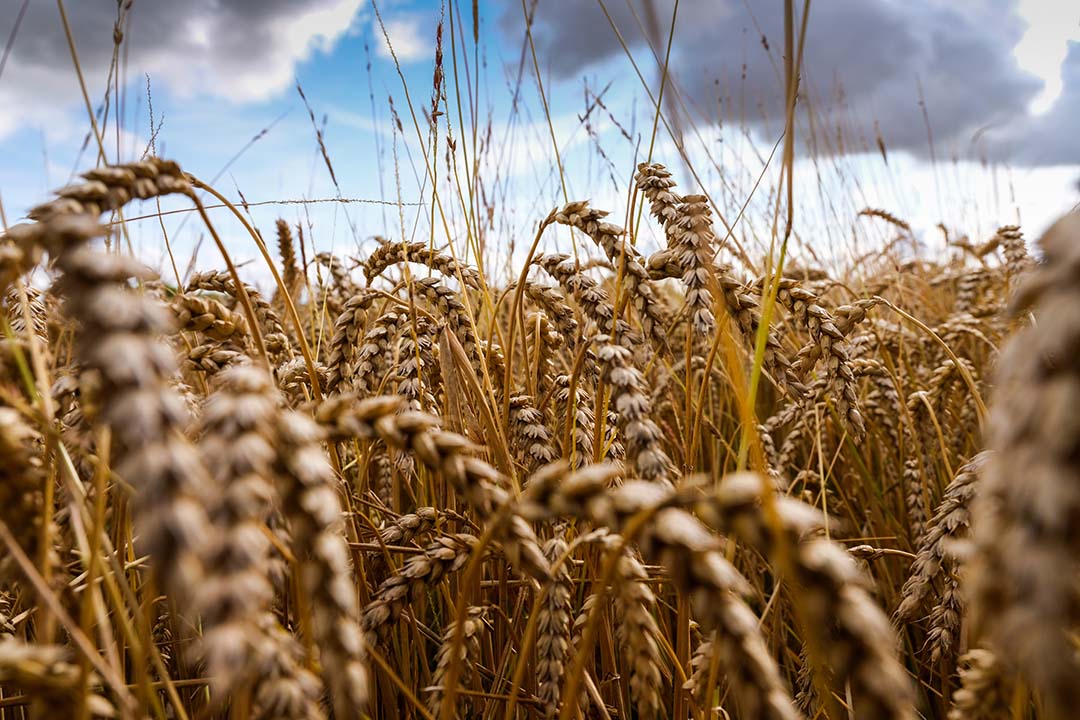
Sustainability is the key
The EU wants every sector to be more sustainable and the best evidence of that is the Sustainability Charter published by AVEC a year ago, says Lava. “In this Charter we have put forward our response for a sustainable poultry meat sector in the EU based on 4 main ambitions. These being to improve the use of natural resources, reduce the use of packaging material and food waste, reduce the use of antibiotics and optimise animal welfare.” He continues: “Our aim here is to find the best balance between the 3 principles of sustainability, to make sure that poultry production delivers on social and environmental goals while remaining profitable for our producers and affordable for our consumers.”
The Sustainability Charter envisages several initiatives aimed at addressing climate-related challenges. “On animal welfare first, we encourage our members to put plans in place to address situations of extreme temperature. On feed, by being dependent on soy imports from South America, our sector is vulnerable, especially for the protein part of the feed ration. In our Charter we support the diversification of supply and finding alternatives to soy, to limit the risk of dependence in the event of a climate crisis and supply break in the region,” Lava says.
The Charter also promotes good practices for energy supply, including the use of renewable sources of energy, or in the management of manure, for example, through biogas plants. This is to become more resilient, increase the circularity of the sector and be less dependent on fossil fuels in the future. At government level, it is essential to use incentives to drive producers towards more sustainable practices and provide some guarantees and insurance in the event of climate disasters. And last but not least, it is crucial to anticipate climate risks by increasing the crisis reserve funds to be able to respond quickly when a crisis occurs, Lava notes.
The EU passed a new deforestation regulation in 2023 that introduces bans on commodities such as soybeans, the production of which is associated with deforestation. This is expected to heavily impact soybean imports from countries such as Brazil, where some agricultural production tends to be related to deforestation of the Amazon Forest, and create a shift towards deforestation-free supply chains thereby boosting the sustainability of poultry feed, says Doykova. Regulations greenlighting the use of insect feed for poultry and pig farming, and those aimed at reducing the use of plastic packaging, will serve the same ends, she adds.
Food security in the spotlight
Mitigating the impact of climate change is essential since this may be one of the factors fuelling food inflation in the EU in the future. Climate change is partially responsible for this price jump, as poor weather conditions are projected to continue in the years to come.
Efforts to ‘greenify’ supply chains and production will also come at a cost, says Doykova. Despite inflationary pressures easing in 2023, inflation will have a lingering effect as the high costs of energy, transport, labour and raw materials are expected to continue, while the prospect of prices returning to pre-pandemic levels is minimal, she adds. This is why it is important to give farmers the latest technologies and all the tools necessary to protect and secure their crop production to make them less vulnerable to climate hazards, says AVEC.
“Since the Covid-19 crisis and the war in Ukraine, the term ‘food security’ is back on the EU policy agenda and we can only welcome that,” says Lava. Consumers have suddenly realised that empty shelves are a possibility even in the EU, and this is why it is vital that authorities and producers work together to find solutions to ensure an adequate and sustainable supply of poultry meat to consumers, Lava concludes.




